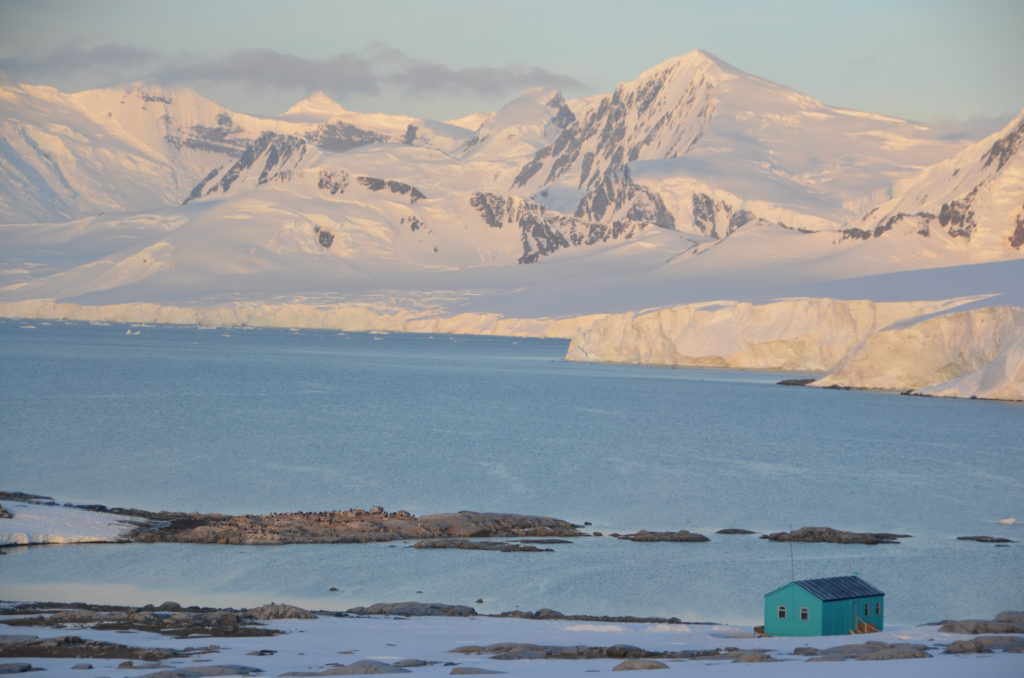Blog from Camilla Nichol (Chief Executive, UK Antarctic Heritage Trust) on the future of heritage.
Shared in the lead-up to The Heritage Alliance’s Heritage Debate 2022: Heritage in 20 years.

Heritage in 20 Years: what will matter most?
Heritage is a concept which has evolved over time. The sense of an inheritance, of something passed between generations is something that we all can connect with. Also, the definition of our heritage has broadened over time from physical objects or buildings to include the intangible; the stories, experiences and practices passed down through generations. In many cases the physical heritage provides opportunity to connect with the intangible as it where it happened and provides us with the chance to feel it as well as hear and see it.
This increased emphasis on the intangible has been a welcome evolution in the last twenty years I think this will become ever more significant during the next two decades. And the reason for this is the most pressing issue facing all of us and the greatest threat to all we know and cherish, climate change.
As custodian of British heritage on the Antarctic Peninsula, climate change is a real and very present issue. It is one of the fastest warming places on the planet and where the most devastating effects are being seen and when the pendulum swings there, the effects are felt globally. But for the heritage which most people will never lay eyes on in person, the climatic changes are real and measurable, and the changes in conditions will bring ever greater practical challenges to our conservation programme; for example a warmer, wetter climate encourages mould growth, the migration of alien species and potential deterioration of artefacts and materials which have hitherto not been a problem in the cold, dry Antarctic.

But the impacts will be much wider than those at material level. All our sites are coastal, so ice loss and sea level rise presents existential risk to some of our sites which could be washed away. There is a real risk that this heritage could be lost and that vital connection between the physical heritage and all it represents in the stories and experiences, could be broken forever. So this places an ever stronger emphasis on our need to maintain that connection, to ensure the stories are not just two-dimensional accounts amputated from the places where they happened.
Whilst the need for climate adaptation and mitigation is essential on a practical level to try to preserve the physical, I would say that the need to find different ways to bring the intangible heritage it represents to life in the face of potential loss is what many of us in the heritage sector must be focussed on. How do we preserve what the physical heritage represents, how do we enable people to experience these places and objects if they can’t physically reach them or they no longer exist, what role can digital technology not yet conceived play in this? If we can meet this challenge we will also be meeting that other great challenge of how we include everyone in our shared heritage.
The climate emergency is challenging us all to rethink how we live, but our solutions to it could just improve how we all experience, enjoy and cherish our heritage.

– Camilla Nichol, Chief Executive UK Antarctic Heritage Trust

Explore other perspectives on ‘Heritage in 20 Years: what will matter most’ over on our event page for Heritage Debate 2022.

